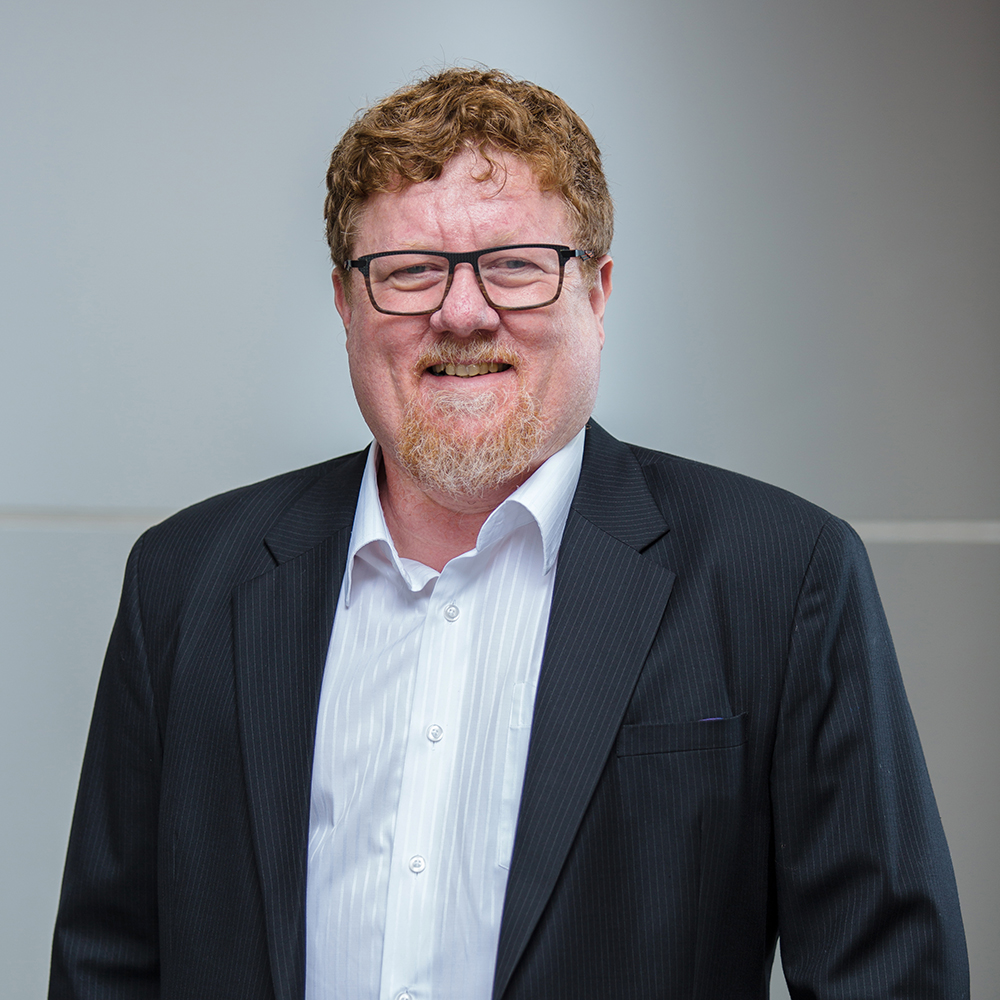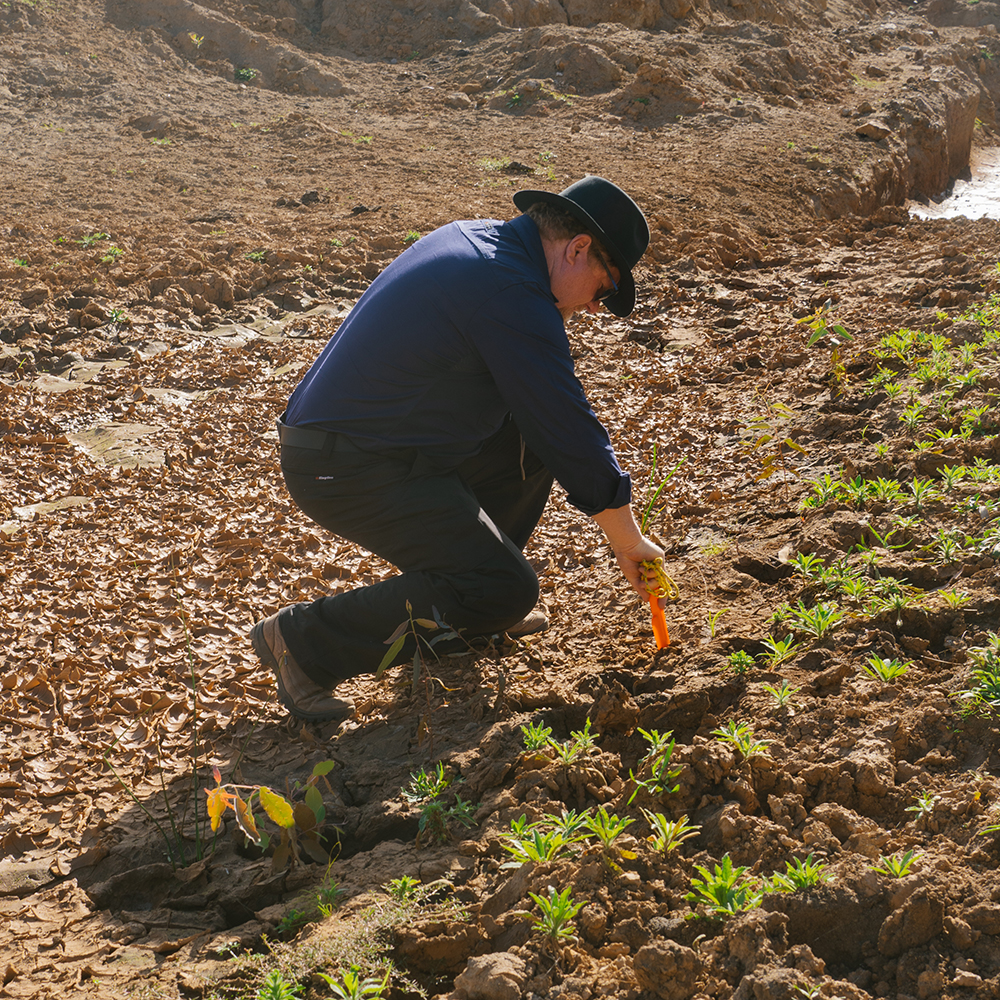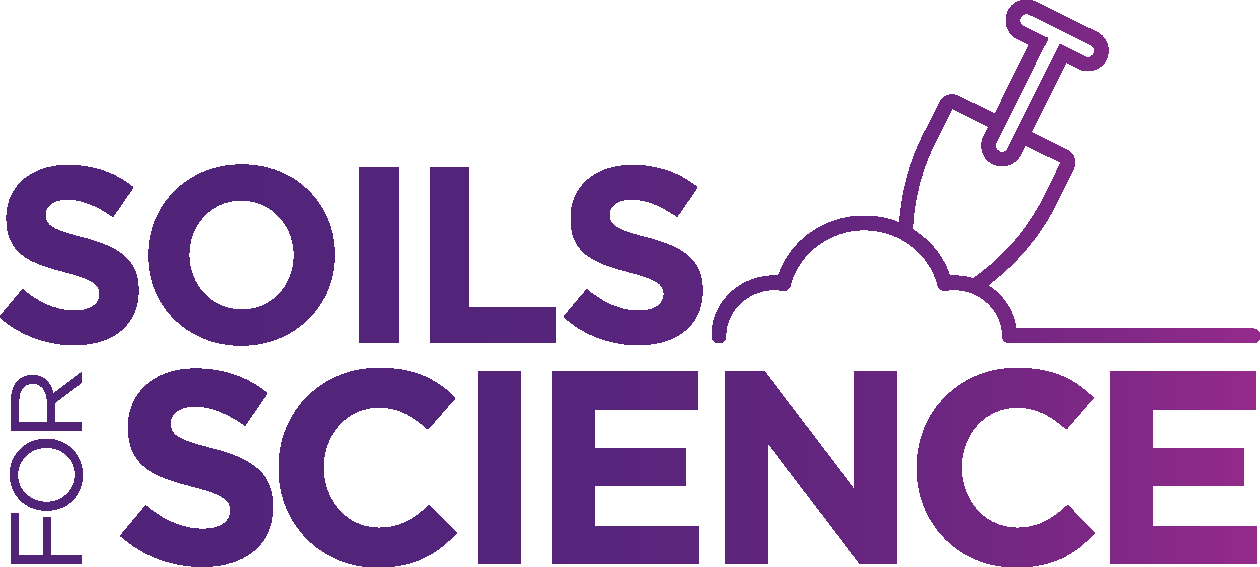Starting his scientific career as a PhD student in a research group more at home trekking inland to harvest desert plants, Rob Capon was not one to follow the crowd – turning his attention instead to the sponges and seaweeds of Australia’s southern coast.
A pioneer in the field of biodiscovery science, Rob has studied the chemical and biological properties of thousands of chemical defences (natural products) produced by plants, animals and microbes, collected from beaches to the deep sea, from cane toads to wasps, fish, flowers and spiders, and from backyard dirt to caves deep underground.

With an irrepressible interest in scrutinising nature through the lens of bioscience, Rob shares “we still have so much to learn from the natural world, which remains a remarkable resource for science and discovery, informing our understanding of the world around us, and inspiring exciting breakthroughs in medicine and agriculture”.
“It’s a great feeling being at the frontier of science where so much we discover is new and full of possibility."
His impressive career spans almost four decades and has taken him to almost every continent on earth – including Antarctica – but it nearly didn't happen.
Leaving home before completing high school, and the first in his family to go to university, Rob became a bonded trainee teacher to help pay his way.
Contracted to complete a Bachelor of Science from the University of Western Australia then a year-long Diploma of Education, before going on to teach in the WA secondary school system, Rob was hooked – only it was on science not the classroom.
After negotiating an extension to complete an Honours year, Rob worked to pay back his teacher bond in order to pursue a PhD - which is how he found himself getting his feet wet when his peers were desk and desert bound.
“Those were exciting times. I was the first person ever to study the chemistry of Western Australian marine sponges and seaweed," he reflects.
"With a PhD in hand, I was very fortunate to be offered a fellowship at the renowned Scripps Institution for Oceanography in California.”
Returning to Australia, Rob established an independent marine natural products research group at The University of Melbourne, School of Chemistry, building an international reputation and rising through the ranks to Professor.
“The Melbourne years were heady and extremely productive, leading to the discovery of some really amazing chemistry. But it wasn't enough. I wanted more. I wanted to make a real difference.”
Moving north, and from macro to micro organisms
In 2003 Rob accepted an invitation to join The University of Queensland, Institute for Molecular Bioscience (IMB). The timing was perfect. The Queensland Government SMART State program was in full swing, and the highly multidisciplinary IMB shared Rob’s vision to make a difference.
The move to IMB also saw Rob broaden the focus of his research to include microbes.
“At a chemical level the transition from macro to micro organisms wasn’t such a big jump, but it was absolutely pivotal to taking our discoveries to the next level,” Rob explains.
“Most life adapts or evolves to improve its quality of life and its chances of survival. Predatory species develop bigger fangs and claws while those that have to defend themselves acquire different mechanisms such as the ability to run faster or cryptic colouring.
“Many organisms that don’t have the ability to fight, flee or hide such as marine sponges and seaweeds, and microbes, often rely on chemical defences.
“As microbes have been on the planet longer than anyone, they have had millions of years to develop sophisticated chemical defences, knowledge that is useful to us. For example, the chemicals that one microbe uses to kill competing microbes have the potential to be repurposed as antibiotics.
“While our chemical discoveries from sponges and seaweeds offered promise, scale-up was always a challenge. It’s just not that easy to back a truck up to the ocean and fill it with one species of sponge or seaweed. Microbes on the other hand can be fermented at any scale for modest cost – a quality that endeared them to industry for almost a century.”

“Most of the past century’s blockbuster drugs, and nearly all our antibiotics came from the chemical defence molecules (natural products) produced by microbes.”
During most of the last century, science and industry extracted extraordinary benefits and wealth from humble soils microbes, dramatically improving the health and welfare of communities worldwide, and the productivity of global agriculture.
By the late 1990s, and with most of the low hanging molecular discoveries near exhausted, much of the pharma and ag industry abandoned microbes to seek molecular inspiration elsewhere.”
Some 20 years and 100’s of millions (even billions) of dollars on, and many of these same companies are still looking for inspiration. Their inability to be inspired to deliver is particularly apparent in the field of antibiotics.
Although soil microbes are the source of the majority of modern antibiotics, most were discovered over 50 years ago, and all are highly compromised by antibiotic resistance.
With virtually no new antibiotic classes coming to market this century, modern medicine is hostage to the residual efficacy of a handful of vintage antibiotics – a situation only getting worse,
“We are rapidly losing its ability to combat infectious disease, and if left unchecked there is a very real risk we may fall back to the high mortality days of yesteryear, prior to the antibiotic revolution,” Rob warns.
“However, all is not lost. There is a silver lining. Modern science and technology has advanced so much in the last 20 years, that we are now better placed than ever to return to soil microbes, to discover the next generations of new medicines and agrochemicals.”
The challenge is how.
Citizen science enjoying a groundswell of support
“People love the idea of science solving problems that impact their lives, and if given a chance many have an appetite for getting involved. We saw this enthusiasm first-hand in our first foray into citizen science with the Cane Toad Challenge” says Rob.
“The Cane Toad Challenge empowered thousands of Australians to protect wildlife and the environment by providing free access to our patented technology, to capture and remove many millions of poisonous cane toad tadpoles from local dams, rivers, wetlands, parks, golf courses and other managed waterways.”
Building on that experience, Rob conceived of Soils for Science, to enlist support from the public to fast-track the discovery of new antibiotics, and other medicines, from soil microbes.
“The global COVID-19 pandemic has been a wakeup call. It has alerted the public to the need for infection control. Many are receptive to playing their part to make a difference”.
Queensland home to a bounty of biodiversity
Queensland spans an area of more than 1.8 million square kilometres bordered by 7,000 kilometres of coastline, from the tropical north to the temperate south, featuring deserts, savannah, bushlands, wetlands, rainforests, rivers, beaches, mountain ranges and more.
“Queensland soil microbes remain an untapped, unique, renewable and valuable resource. With appropriate science, each new microbe can be likened to a lottery ticket in the draw for the next new antibiotic," Rob notes.
"Soils for Science is the only such lottery in town - exploring the state’s microbial bounty on a scale commensurate with its potential. With enough tickets ... a win is in the bag."
Soils for Science calls on Queenslanders to help collect 100,000 soil samples from which our researchers expect to be “overwhelmed with choice” when it comes to microbial and chemical biodiversity.
With each soil sample limited to about half a cup there is no environmental impact, and yet the potential scientific and societal returns could be game-changing, even lifesaving.
“Our ability to deliver on Soils for Science is made possible by backing from The University of Queensland, The Institute for Molecular Bioscience, the generosity of philanthropic donors, and the commitment of talented researchers and the Australian public," Rob explains.
“The next few years will be an exciting ride...one that I hope we can all take together."

Help us find the next antibiotic
